Electromobility includes all vehicles that are powered by an electric motor. These electric motors get most of their energy from the power grid and are rechargeable.
The vehicle types include
- purely electrically powered vehicles (BEV)
- Vehicles powered by a combination of electric motor and combustion engine (range extender, REEV)
- and hybrid vehicles that can be charged from the power grid (PHEV).
In electric cars or plug-in hybrids, electric motors have the task of converting the electrical energy stored in the lithium-ion battery into mechanical power. The performance of a system is determined by the battery , the power electronics and the motor . These three components are the most important parts of an electric vehicle. They are also crucial when it comes to the question of range . What matters most is the interaction between the three.
The electric motor consists of the stator, a fixed stand, and the rotor, a part that rotates in the stator. The two parts each generate a magnetic field using current-carrying coils. The direction of the current determines the alignment of the magnetic fields. Constant rotation of the rotor is achieved by appropriate, repeated polarity reversal of the coils during one rotor revolution. This movement of the rotor is then used to drive the wheels.
In an electric car, the maximum torque is available from a standstill . That's why these vehicles accelerate with impressive tractive power right from the start. You also don't need a clutch or manual transmission . A reduction gear with a fixed ratio is used, so only one gear is used. Since electric motors or machines can run in both directions, electric cars and other vehicles do not require reverse gear. A family electric car such as B. the Hyundai IONIQ has a torque of 300 nM ( newton meter ). This is on a par with sports cars from the 90s, such as the Honda NSX.
An electric car or the battery of an electric car can be charged using a household socket in up to 14 hours. A maximum of 16 amps at 230 volts comes from a regular socket. This is approximately 3700 watts or 3.7 kW . At the fast charging station it is much faster with an average charging time of 20 - 30 minutes . The plug types combo plug (Europe) and CHAdeMO system (Asia) are specifically designed for fast charging. A model like the Opel Ampera or the BMW i3 charges with up to 50 kW (kilowatts), an e-tro 55 quattro from Audi with 150 kW. The charging speed of an electric vehicle depends largely on the battery capacity and the charging infrastructure . The charging infrastructure refers to the pillars or generally the power connections where the car, scooter, etc. is charged.
The duration of the charging process at a public charging station depends primarily on the type of electricity. Fast charging is possible with direct current (DC) , while an electric car can only be charged slowly with alternating current (AC) . The classic columns with Type 2 plugs and 22 kW AC power recharge the battery in around 2 – 4 hours. With direct current and at a fast charging station, the battery is charged to 80 - 100% after half an hour. The most common charging cable and plug types in Germany include Type 1, Type 2, Combo and Chademo.
About 100 kWh (kilowatt hours) is stored by the largest electric car batteries available. This means that models like the Tesla Model S/X or the Audi e-tron with a consumption of 15 - 25 kWh/100 km can travel around 400 - 600 km with a fully charged battery. Smaller models such as the e-Golf or the BMW i3 only have a capacity of 35.8 or 27.2 kWh.
With bidirectional charging, the electric vehicle is not only charged with electricity, but it can also produce electricity itself. In the meantime, the electric car stores the energy when it is not needed. However, the alternating current from the in-house power grid must be converted into direct current and, conversely, the direct current from the electric car battery must be converted back into alternating current. The Nissan Leaf and the Hyundai Ioniq 5, for example, are among the models that can already charge bidirectionally.
An electric car can also save around 30 - 40 percent of maintenance costs compared to a car with a combustion engine of the same class. Oil changes and timing belt changes are completely unnecessary for drivers of an electric vehicle. Brake discs are also subject to less stress thanks to the recuperation function and therefore do not need to be replaced as often. Furthermore, with electric motors, less energy is lost due to high temperatures. These work much more smoothly than combustion engines.

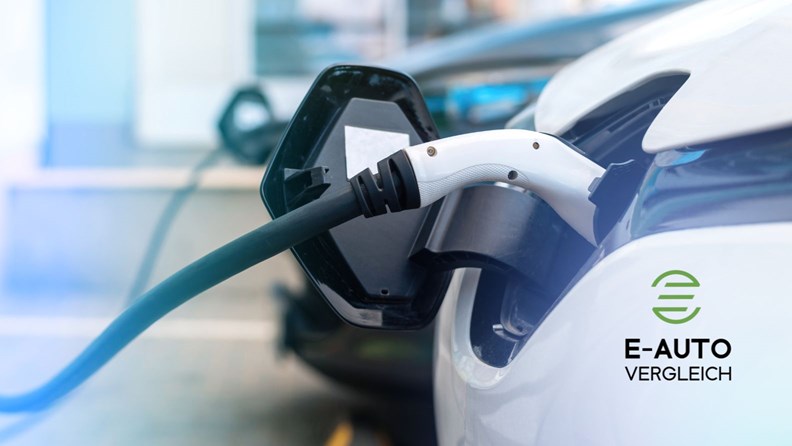

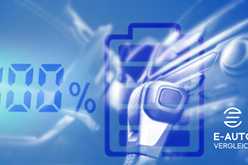
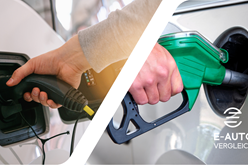


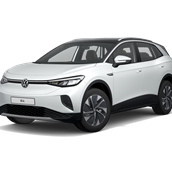
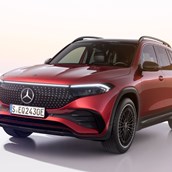

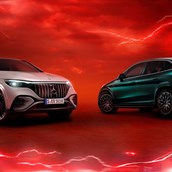
.png)